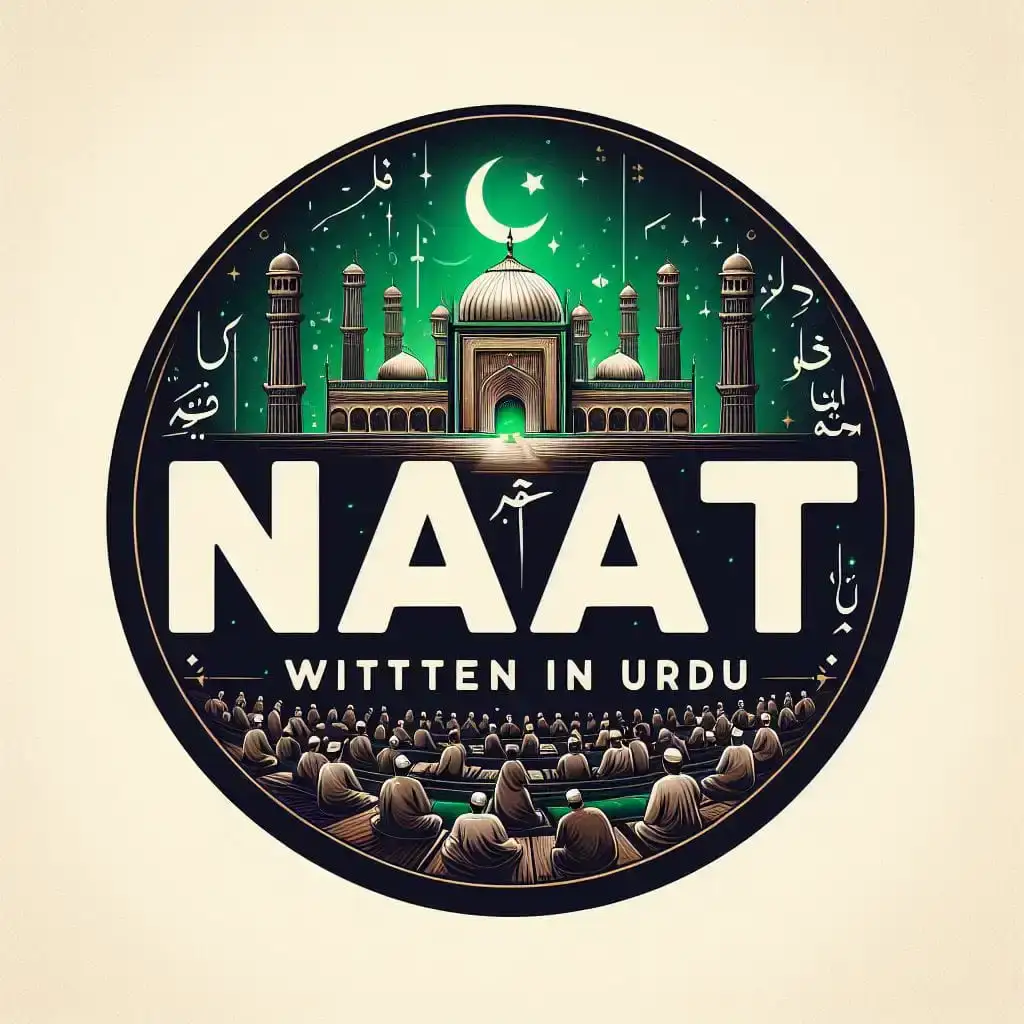In the harmonious realm of Islamic devotion, Naat’s, melodious verses honoring Prophet Muhammad (PBUH), resonate deeply within the hearts of believers. Among Urdu speakers, Naat’s transcend ordinary poetry, elevating into poignant expressions of adoration, reverence, and thankfulness. This article embarks on an enchanting exploration of Naat written in Urdu, unraveling their historical significance, cultural impact, and captivating allure.
Unveiling a List of Enchanting Naat Written in Urdu
A Flourishing Tradition: Tracing the Origins of Urdu Naat’s
The tradition of Naat composition traces back to the earliest days of Islam, but it blossomed into full magnificence during the illustrious Mughal era. Within the grandeur of that period, emperors and intellectuals alike extended patronage to this art form. Visionary poets such as Mirza Ghalib and Allama Iqbal bestowed their poetic prowess upon crafting Naats, leaving behind a tapestry of eloquence and devotion. These compositions not only extolled the virtues and teachings of the Prophet (PBUH) but also served as poignant conduits for propagating Islamic values and enriching Urdu literature.
The Potency of Expression: The Endearing Charm of Urdu Naat’s
Urdu, with its inherent lyrical cadence and emotive depth, provides an ideal canvas for the creation of soul-stirring Naats. The language’s expansive lexicon empowers poets to vividly depict the life, compassion, and unwavering faith of the Prophet (PBUH). Furthermore, Urdu’s innate emotional resonance fosters an intimate connection between the reader and the revered figure of the Prophet (PBUH). These verses transcend mere words, invoking a spiritual euphoria and profound affection in the hearts of believers.
Exploring Diverse Styles: A Kaleidoscope of Naat Composition
The realm of Urdu Naats flourishes with a myriad of styles and themes, each reflecting a unique facet of devotion and admiration. Some Naats exude jubilation, exalting the Prophet’s (PBUH) virtues and miraculous deeds. Others adopt a contemplative tone, delving into the profound teachings and enduring impact of his message on humanity.
Seeking Inspiration: Notable Naat’s Composed in Urdu
For those eager to delve deeper into this poetic reservoir, several renowned Urdu Naats beckon:
“Ya Nabi Nazre Karam Farmana” by Allama Iqbal: This poignant Naat beseeches for the Prophet’s (PBUH) blessings and guidance. “Mustafa Jaan-e-Rahmat” by Faiz Ahmed Faiz: This mellifluous Naat celebrates the Prophet’s (PBUH) boundless mercy and compassion. “Chalein Madine Ki Rahon Par” by Javed Ahmed Ghamidi: This evocative Naat depicts the yearning to tread the sacred path leading to Madina. The Everlasting Impact: Naats in the Modern Epoch
In contemporary times, Naats penned in Urdu continue to serve as wellsprings of inspiration and solace for millions worldwide. These verses grace religious gatherings, reverberate through the heartfelt renditions of esteemed Naat Khawans, and find resonance in the digital sphere, transcending geographical boundaries. The internet has become a conduit for disseminating these profound compositions to a global audience, fostering a deeper reverence for the Prophet’s (PBUH) exemplary life and timeless teachings.
Conclusion: A Voyage of Devotion and Illumination
Naat’s written in Urdu epitomize more than mere poetry; they embody a testament to the enduring power of faith and affection. Through the exploration of this rich literary tradition, individuals embark on a soulful journey of spiritual discovery, forging a profound connection with the hallowed legacy of the Prophet (PBUH) and the enchanting allure of the Urdu language.
FAQs:
Naats are poems specifically written to praise Prophet Muhammad (PBUH). Urdu, with its melodious nature and rich vocabulary, offers a beautiful canvas for expressing love, reverence, and gratitude towards the Prophet (PBUH). These Naats hold immense significance for Urdu speakers, serving as a bridge to connect with their faith and the Prophet’s (PBUH) teachings. They are recited at religious gatherings, finding a special place in Islamic traditions and cultural celebrations.
The tradition of Naat writing has a long and illustrious history, flourishing in the Mughal era under the patronage of emperors and scholars. Renowned poets like Mirza Ghalib and Allama Iqbal left behind a timeless legacy of Urdu Naats. Over time, the styles have diversified, encompassing celebratory pieces highlighting the Prophet’s (PBUH) virtues to more contemplative poems reflecting on his message and its impact on humanity. Today, the internet has played a crucial role in making these Naat’s accessible to a global audience, fostering a deeper appreciation for this beautiful literary tradition.
There are many ways to explore the world of Naats written in Urdu! Many online resources offer collections of these poems, often in their original Urdu script along with translations in other languages. You can also find recordings of renowned Naat Khawan (reciters) performing these pieces, allowing you to experience the full emotional depth of the Naats. Additionally, attending local Islamic gatherings or searching for online communities dedicated to Naat Sharif can be a wonderful way to discover new favorites and connect with others who share your appreciation for this beautiful art form.




